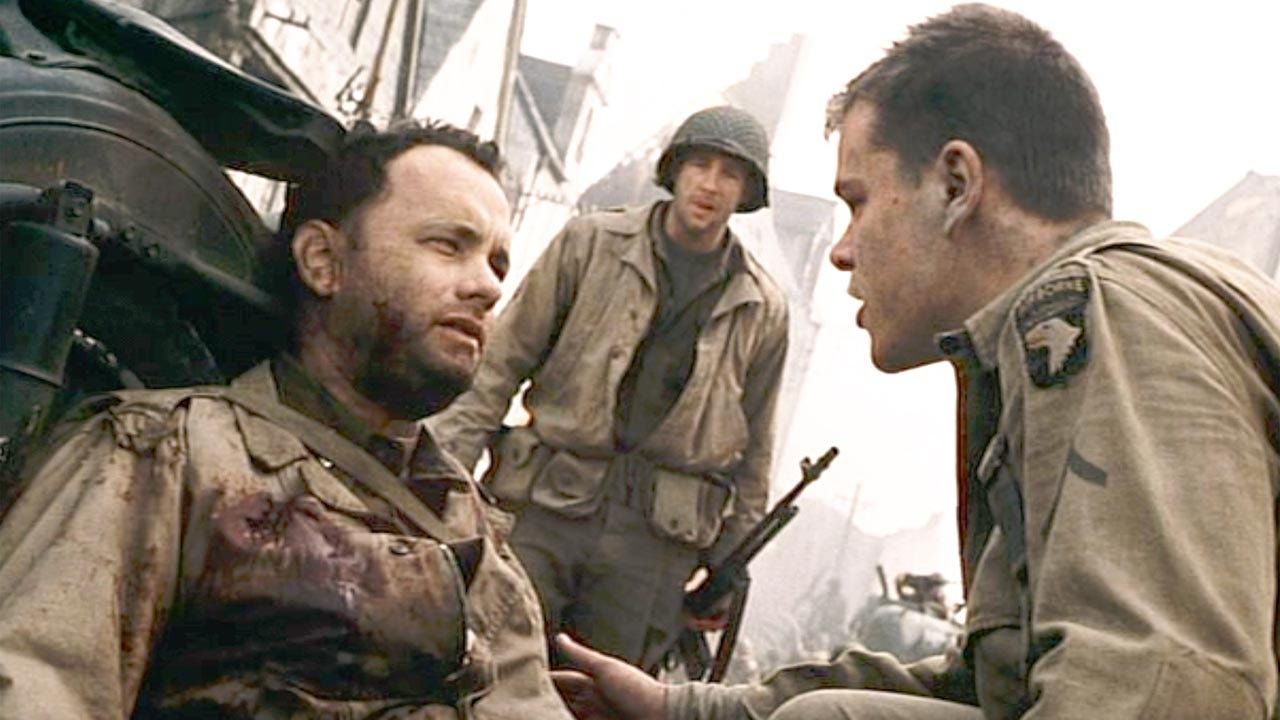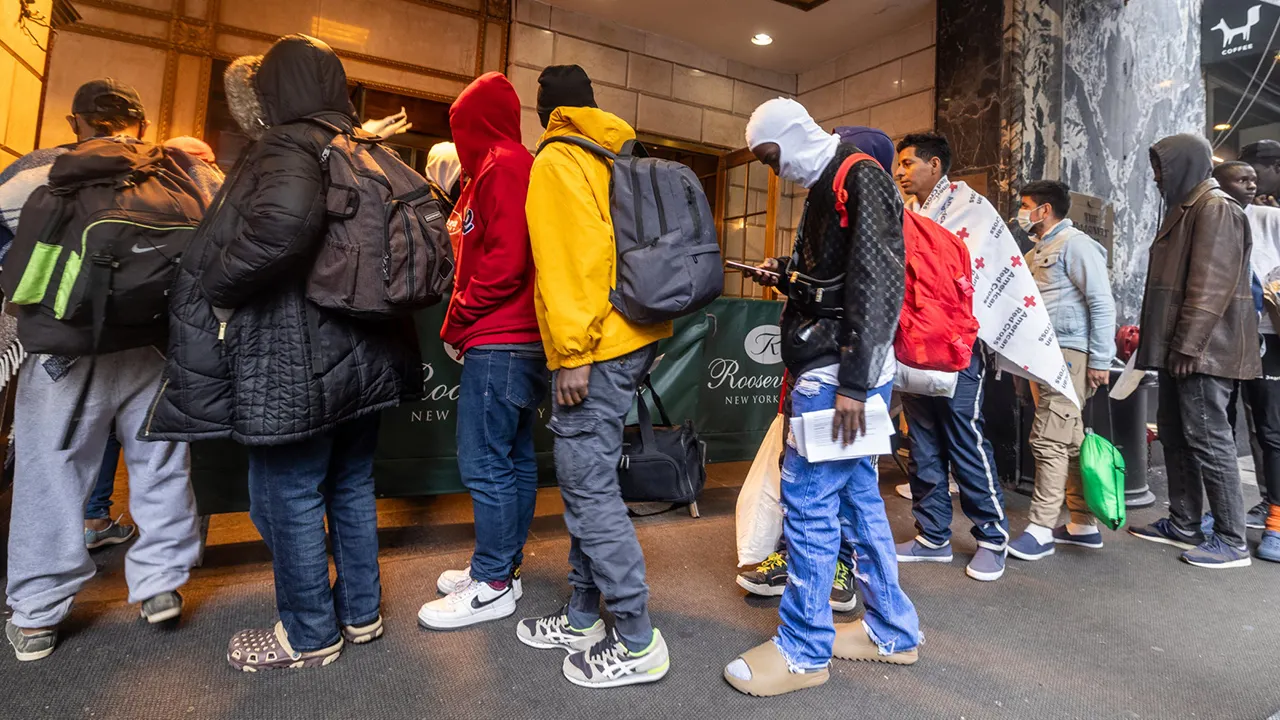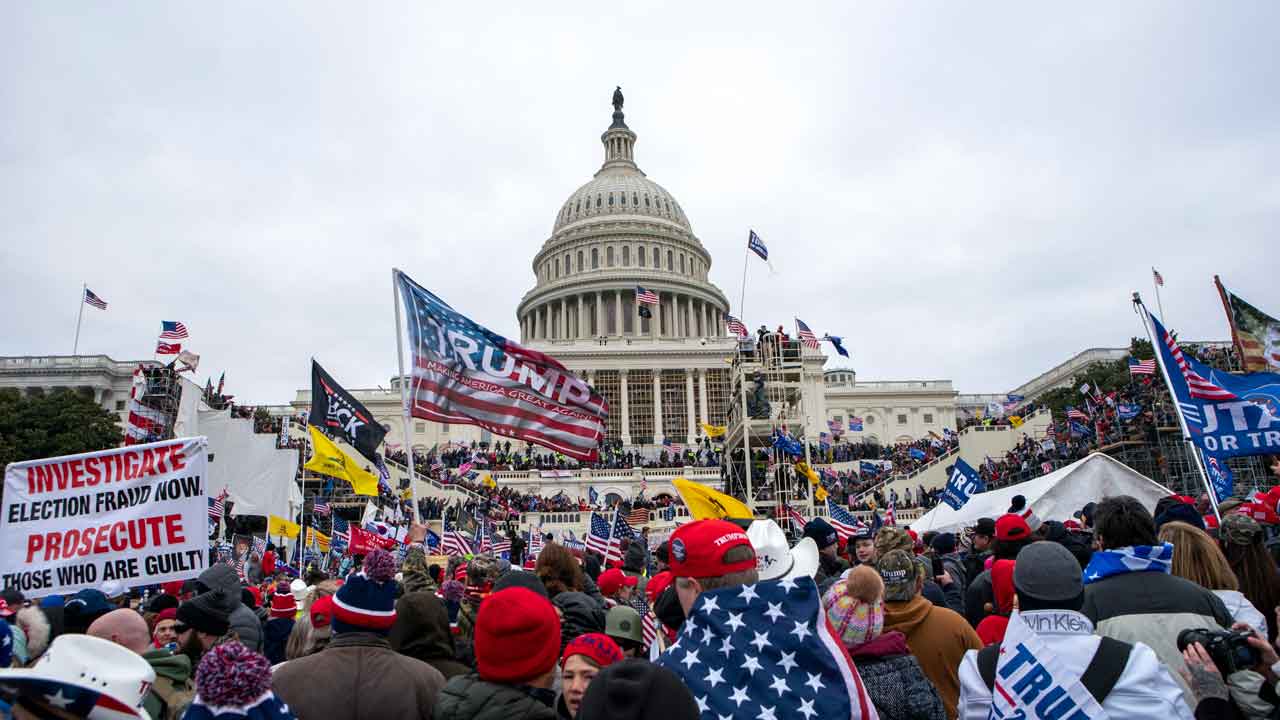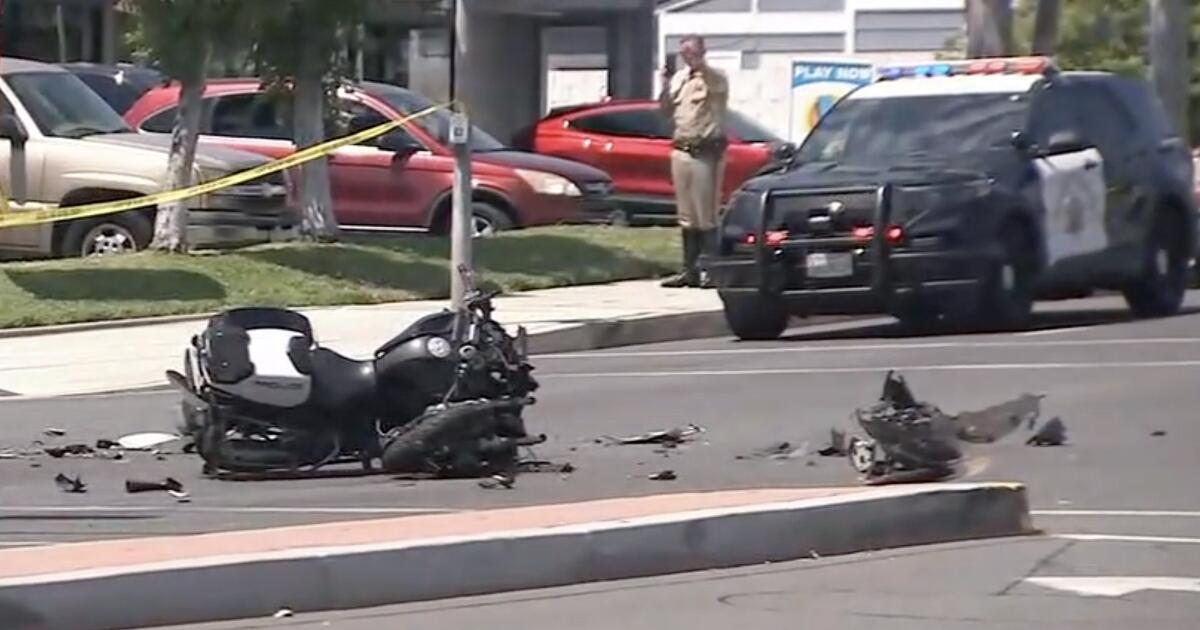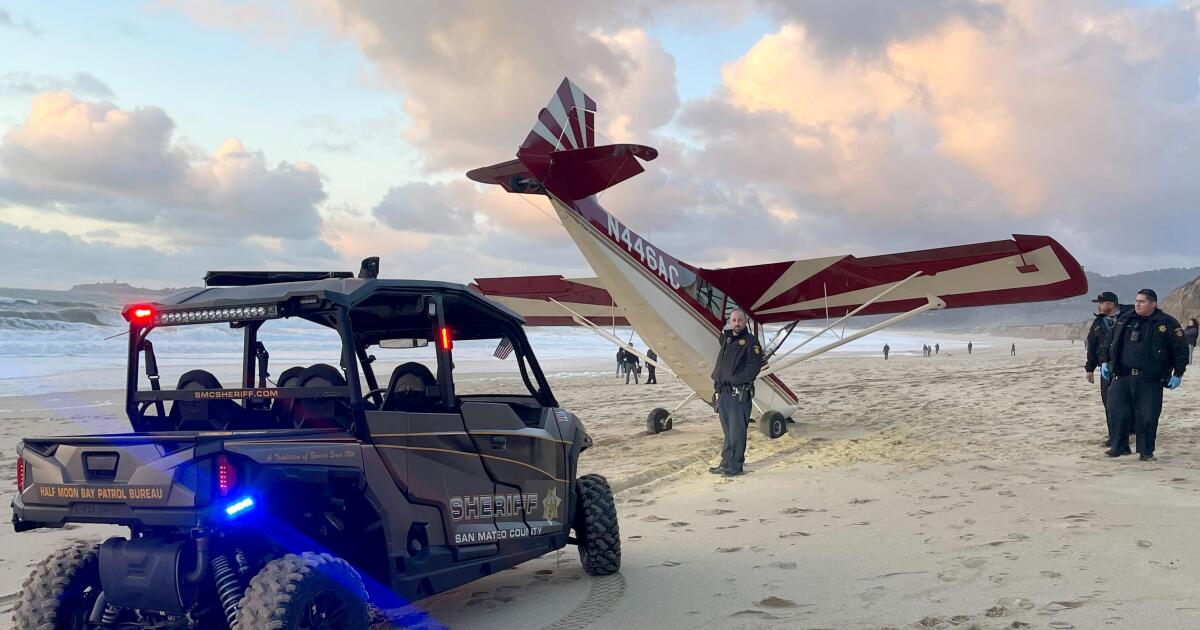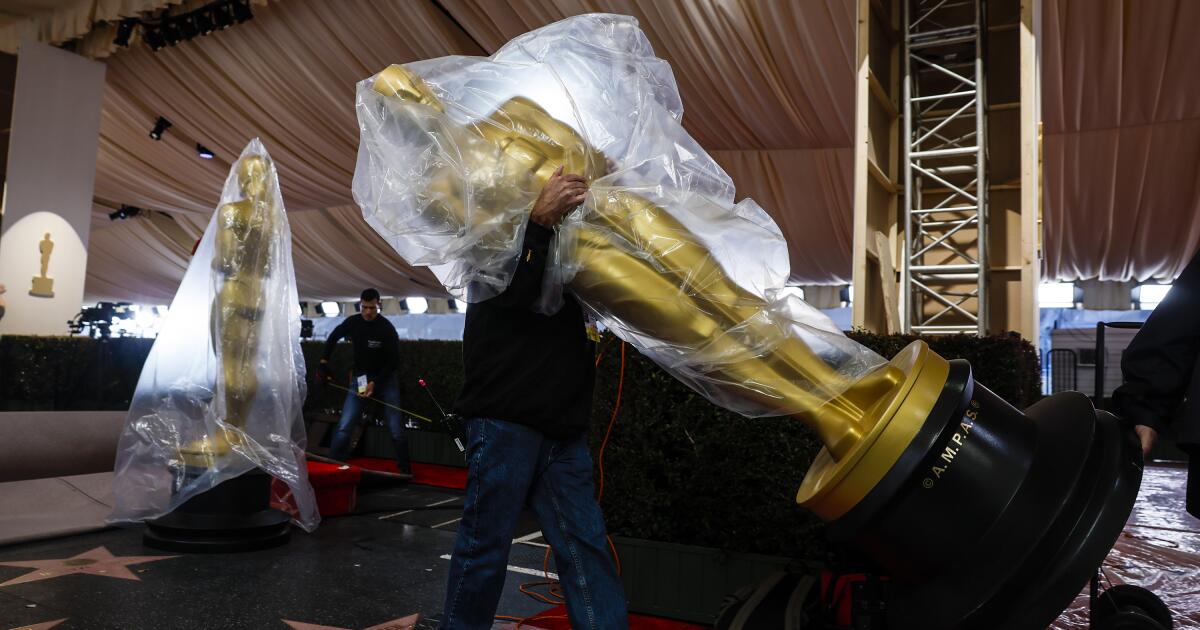“Saving Private Ryan,” a terrifying account of the physical, mental and moral trauma suffered by American soldiers during World War II, was released in theaters on July 24, 1998.
“Saving Private Ryan,” writes the website CinemaScholars.com, “claims to be the greatest war film of all time.”
Steven Spielberg directed the film, which starred prime actor Tom Hanks in the lead role of Captain John Miller.
ON THIS DAY IN HISTORY, JULY 23, 1885, ULYSSES S. GRANT, 18TH PRESIDENT, DIES OF THROAT CANCER
An introspective army officer, suffering from shell shock in the hours after surviving the D-Day invasion of Normandy, France, in 1944, is ordered to lead a dubious (fictional) mission to find an American paratrooper behind enemy lines.
The war epic was a critical and commercial success, grossing $482 million at the box office and winning five Oscars, including a Best Director Oscar for Spielberg.
“Saving Private Ryan,” directed by Steven Spielberg, was released in July 1998. Pictured, from left, are Tom Hanks (as Captain John Miller), Edward Burns (as Private Reiben, background) and Matt Damon (as Private James Francis Ryan). Screenshot; Paramount Picture. (CBS via Getty Images)
Most shocking to the nation, “Saving Private Ryan” shocked Americans into confronting the horror, largely untold for five decades, that their parents and grandparents — the Greatest Generation — experienced in the fight to end tyranny abroad during World War II.
MEET THE AMERICAN WHO POPULARIZED LATIN MUSIC, TITO PUENTE, WORLD WAR II NAVY VETERAN AND KAMIKAZE SURVIVOR
Viewers openly wept at the carnage on display on screen, with some crying throughout the 2-hour, 49-minute drama.
“'Saving Private Ryan' is hailed as the greatest war film of all time.”
“The true cultural impact of 'Saving Private Ryan' is best measured not in dollars or book sales but in conversations,” the Los Angeles Times reported two weeks after the film's release.
“And they're exploding everywhere.”
The film was released when millions of World War II veterans were in their 70s and just beginning to share their traumatic war experiences for the first time.
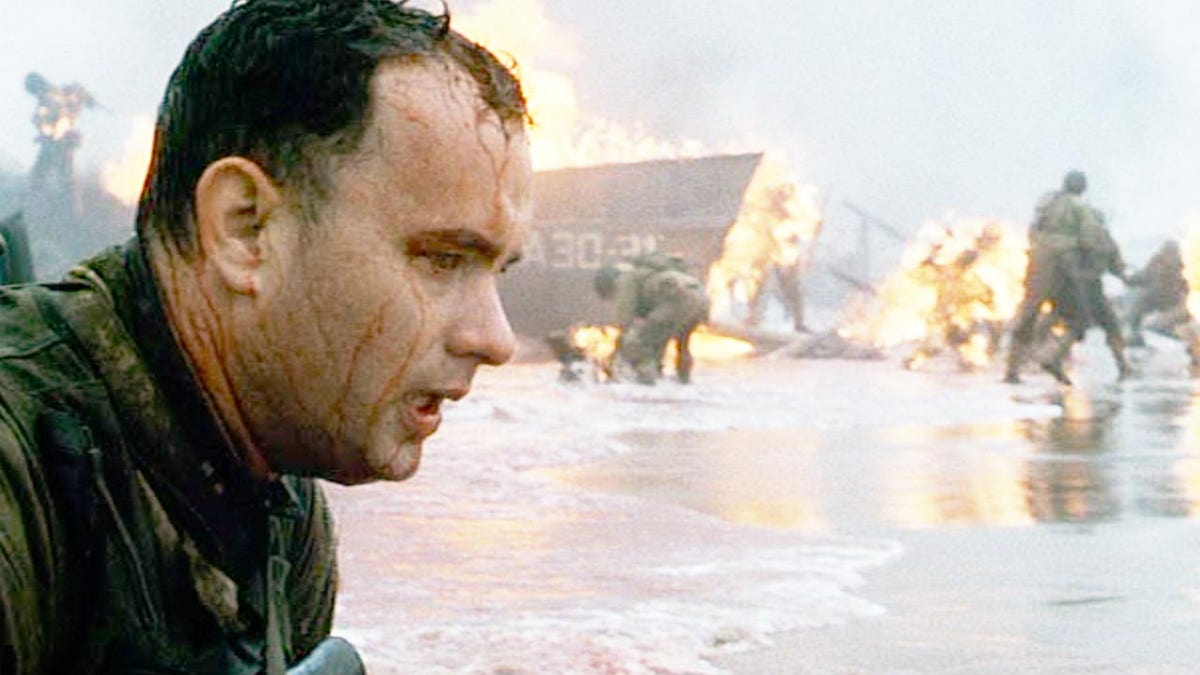
Tom Hanks as Captain John Miller amid the chaos on Normandy beach on D-Day, June 6, 1944, in “Saving Private Ryan.” (CBS via Getty Images)
Americans and moviegoers around the world were eager to learn more about World War II and the silent heroes who fought it, after leaving theaters stunned and silent.
“Saving Private Ryan” marked in many ways the cultural apogee of America.
It was released during a glorious Pax Americana, the “end of history” decade between victory in the Cold War in 1991 and the terrorist attacks of September 11, 2001, when even Hollywood united behind a heroic version of the triumphant American narrative.
'SAVING PRIVATE RYAN' CELEBRATES ITS 25TH ANNIVERSARY: THE CAST THEN AND NOW
“Saving Private Ryan” showed terrified, seasick children vomiting on a landing craft before the ocean water turned red with their blood.
Soldiers are drowning in anguish before reaching the beach, while others scream in fear on land as the bodies of their comrades are torn apart by enemy fire.
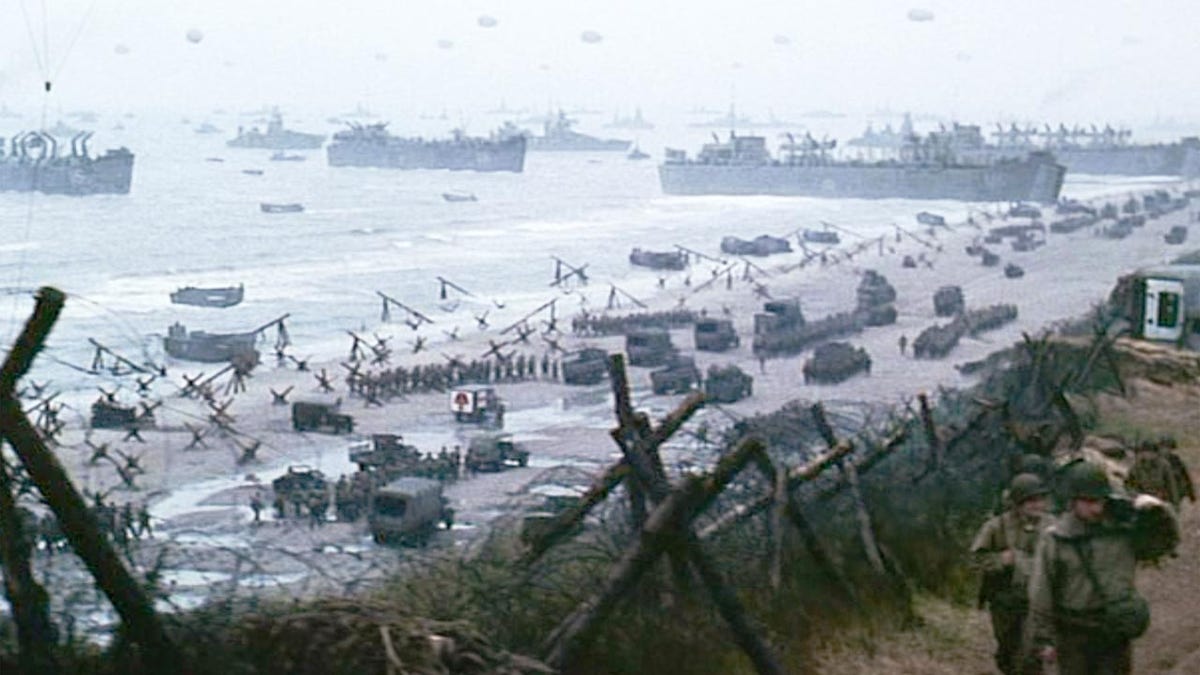
American soldiers and materiel land and establish a secure foothold in Normandy in June 1944, as seen in the film Saving Private Ryan. Screenshot; Paramount Picture. (CBS via Getty Images)
“Spielberg's camera fails to convey any sense of the action,” wrote famed film critic Roger Ebert in his contemporary review of the film.
“That is the purpose of their style. For the individual soldier on the beach, the landing was a chaos of noise, mud, blood, vomit and death.”
In a memorable moment in the first part of the film, a soldier is torn from his body at the shoulder by shrapnel on Omaha Beach.
D-DAY, 78 YEARS LATER: HOW FDR'S POWERFUL PRAYER UNITED AMERICANS
The young soldier turns around in a daze to pick up the severed limb from the sand with his other arm and continues marching forward under fire.
“For the soldier on the beach, the landing was a chaos of noise, mud, blood, vomit and death.”
So powerful was the film, especially the opening and closing battle scenes, that many veterans reported a relapse of PTSD after watching the film.
Matt Damon played Iowa paratrooper James F. Ryan.
He was an unknown when he was cast in the lead role, but emerged as a star after winning an Oscar for “Good Will Hunting” just four months before the release of “Saving Private Ryan.”

Barry Pepper (as Private Jackson) in the film “Saving Private Ryan.” (CBS via Getty Images)
Private Ryan becomes the target of a morally confusing mission after Washington's top brass learns that his three brothers have been killed in action.
“If the boy is alive, we're going to send someone out to get him and get him out of there,” Army Chief of Staff George C. Marshall (played by Harve Presnell) tells his commanders after reading Abraham Lincoln's famous “Bixby Letter” from memory.
Meet the American who honors the memory of 200,000 fallen war heroes
The letter was written by President Lincoln in 1864 to Lydia Bixby, a Boston mother who is believed to have lost five sons in combat during the Civil War.
A cast of Hollywood heavyweights were tasked with saving private Ryan.
Hanks' character, Captain Miller, was joined by Tom Sizemore as loyal Petty Officer Sergeant Horvath; Edward Burns (Private Reiben), Vin Diesel (Private Caparzo) and Adam Goldberg (Private Mellish) as dubious but obedient soldiers who question the mission but bow to their brothers in arms; and Barry Pepper as fire-and-brimstone Christian sniper Private Jackson.

The Iron Mike Memorial outside Sainte-Mère-Église in Normandy marks the site of a heroic fight by outnumbered American paratroopers to defend the bridgehead at La Fiere and prevent the amphibious landing forces from being massacred on Utah Beach. (Kerry J. Byrne/Fox News Digital)
Ted Danson, Dennis Farina and Paul Giamatti have cameos.
Spielberg took poetic license with battlefield geography in “Saving Private Ryan.”
The film, in particular, combines two of the most heroic but distant stories to emerge from D-Day.
MEET THE AMERICAN WHO “WON THE WAR FOR US”: NEW ORLEANS SHIPBUILDER ANDREW JACKSON HIGGINS DURING WORLD WAR II
Miller's unit lands on Omaha Beach for dramatic purposes: to showcase the horrific human carnage of the deadliest of the invasion sectors.
“After you have seen [the film] You'll know why I came home after the war and insisted we buy a farm: for peace and quiet.” — Major Dick Winters
However, American paratroopers, like those represented by Private Ryan, had landed hours earlier alone in the dark on Utah Beach, about 30 miles to the northwest.
In a real-life scenario, commanders would have simply turned the rescue mission over to soldiers who landed that morning, under much less resistance, on Utah Beach, a short distance from the paratroop drop zones.

Tom Hanks (as Captain John Miller) takes a moment alone after nearly suffering a mutiny under his command in “Saving Private Ryan.” (CBS via Getty Images)
The rescuers find Private Ryan in the fictional village of Ramelle, near the bridge where a crucial battle against the Germans is taking place.
It's as heartbreaking as the opening scenes of Omaha Beach.
The Battle of Ramelle is loosely based on the fierce real-life resistance mounted by outnumbered American paratroopers against the German counterattack at the bridge at La Fiere in the hours after D-Day.
ON THIS HISTORY DAY, APRIL 29, 2004, A WORLD WAR II MEMORIAL “AWAKEN MEMORIES” IS UNVEILED IN WASHINGTON, DC
Today, next to the bridge near the famous town of Sainte Mere Eglise, where the statue of the American paratroopers is located, there is a statue of the American paratroopers.
Despite some discrepancies with actual events, World War II veterans almost universally proclaimed “Saving Private Ryan” to be the most realistic war film ever made.
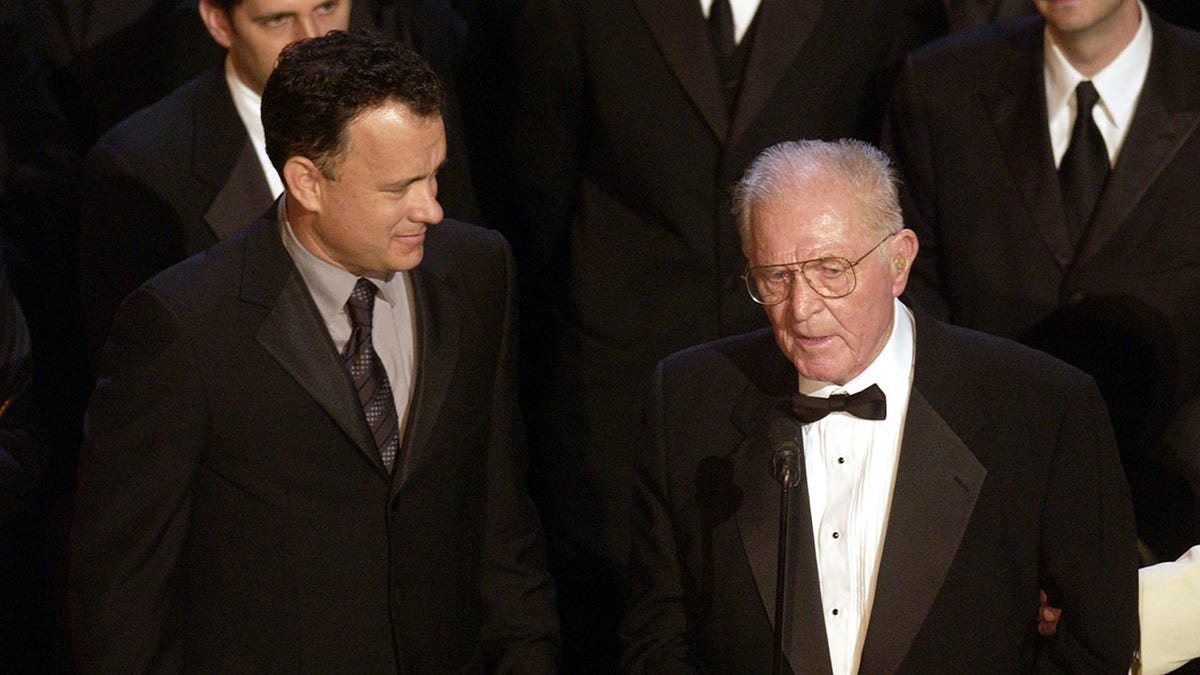
Major Dick Winters, portrayed by actor Damian Lewis in the miniseries “Band of Brothers,” and executive producers Steven Spielberg and Tom Hanks, left, accept the award for Outstanding Miniseries during the 54th Annual Primetime Emmy Awards. (Michael Caulfield/WireImage)
It sparked a renewed determination on the part of artists, authors, and ordinary Americans to capture the stories of the Greatest Generation.
For more lifestyle articles, visit www.foxnews.com/lifestyle
Among their most notable efforts, Hanks and Spielberg worked together to produce the 10-part HBO miniseries “Band of Brothers,” which premiered in 2001.
CLICK HERE TO SUBSCRIBE TO OUR LIFESTYLE NEWSLETTER
The production was based on the 1992 book of the same name by historian Stephen Ambrose.
“Band of Brothers” turned 101st Airborne Division officer Maj. Dick Winters into a long-overdue national hero. It also cemented the legacy of the Greatest Generation for future Americans.

Tom Hanks, left, as Capt. John Miller, and Matt Damon, as Private James Ryan, in the World War II epic “Saving Private Ryan.” (Fake Images)
Winters emerged as a spokesman for World War II veterans following the success of “Saving Private Ryan.”
He encouraged hundreds of friends, family and acquaintances to see the film.
CLICK HERE TO GET THE FOX NEWS APP
Winters said shortly after the film's release: “After you see it, you'll know why I came home after the war and insisted we buy a farm: for peace and quiet.”

